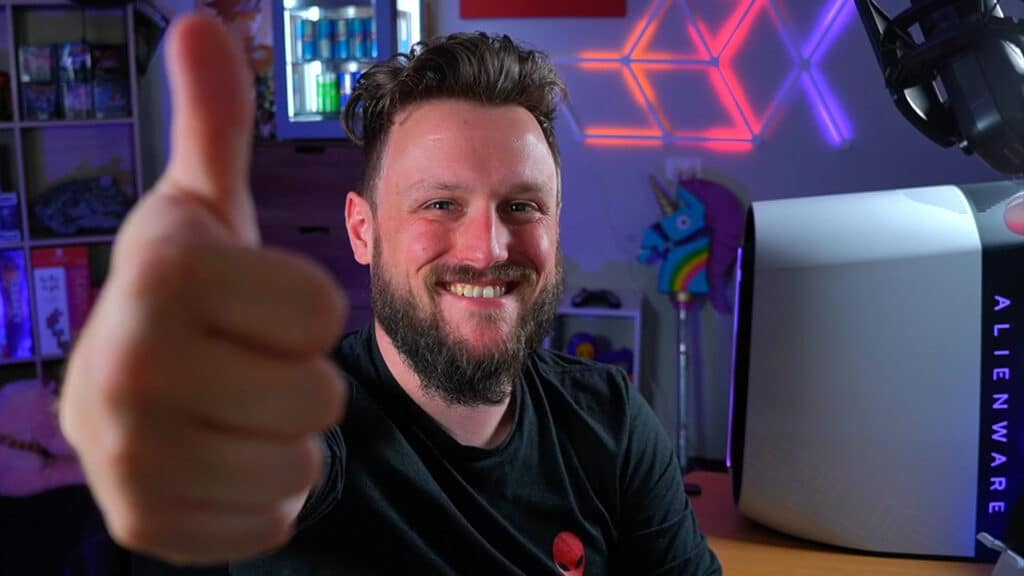Playstation versus Nintendo was possibly one of the biggest battles of all time. It still is, for some people. But the biggest dividing factor between the Playstation One and the Nintendo 64 was the way they played games. For Sony’s Playstation, it was discs. For the Nintendo 64, it was the tried and true, if becoming quickly outdated, cartridge. Though Nintendo had big plans. They, too, were fascinated by the cutting edge technology and space the humble disc offered. And so, enter the 64DD.

What is it?
The 64DD, as it was officially known, was Nintendo’s attempt to have the Nintendo 64 offer something more. The 64 was in reference to both the Nintendo 64 and the absolutely amazing 64mb (wow!) storage of the discs themselves. The idea was, a person would go and buy a physical attachment which would combine with their base Nintendo 64 console which would, from there, allow them to play discs, share and download content online and allow expansion content for already existing games.
It was ambitious, to say the least, and it was announced before the Nintendo 64 had even come out. Its release, however, was plagued with delays and complications, with Nintendo insisting they were trying to perfect the device and have a large library available at launch. In the end, the console released in Japan in 1999, towards the end of the consoles lifespan, which already spelled disaster. An American launch was also promised soon after but never came about, other than a prototype which I’ll get to a little later. In the end, it was discontinued in 2001 with only ten games released, despite dozens being in development. Most of which were either cancelled or refined and ported to the Gamecube.

The US Prototype
One incredibly lucky man happened to stumble upon what is speculated to be a retail prototype of an English language 64DD. Jason Lindsey, a former developer for Sierra, began posting about his latest find on a gaming forum. It was a standard package that contained the hardware and, when booted up, it would offer an entirely English language display instead of the standard Japanese kanji. It also came with a mysterious blue diskette, which didn’t launch on the console which was discovered to be a development disk.

Released Games
There really isn’t a lot of things of note when it comes to the final library of the 64DD. One title that might be immediately noticeable is Doshin the Giant and its expansion pack, which was later ported to Gamecube. SimCity 64 was also released for the 64DD and is pretty darn different to the SimCity 2000 release that the regular 64 saw, with different tilesets, the ability for a player to free roam in their city and 3D graphics which allowed players to become fully immersed in the cities they created. There was also an expansion for F-Zero, the only example of an existing 64 game getting an expansion pack offering new content.
Other than these two, the rest of the releases were all variations on a 64DD franchise called ‘Mario Artist‘. This was the flagship software to really show off what the 64DD could do, a sort of supercharged version of the classic Mario Paint for SNES. There were four titles released:
Mario Artist: Paint Studio allowed players to… Paint! It even came with a mouse, just like the original Mario Paint did. It has all your basic paint tools, various brushes, textures, stock graphics and the ability to import images from VHS tapes and the Game Boy Camera.
Mario Artist: Polygon Studio allows users to create their own 3D polygon based images. So, Mario Paint but this time it’s in 3D. It also contained a few minigames which were very reminiscent of Wario Ware style ‘micro-games’.
Mario Artist: Talent Studio is a tool intended to be used with Polygon Studio in that you can import your 3D image, put your face (or any face imported from the Game Boy Camera or a VHS tape) on it, and then use the tool to create cute little animations. When you think about it, it’s a lot like an initial concept for a Mii.
Mario Artist: Communication Kit is the only game to not have studio in the title so that’s already pretty interesting! It allowed users to connect with the 64DD’s network to share and download content themselves and other users had created using the other Mario Artist titles. Which is pretty amazing when you think it was the year 2000 when these games were released.

Prototype Games
I could fill an entire separate article just with all the amazing ideas and game prototypes that were intended for release on the 64DD. A few of them were released on other consoles, for example, Resident Evil Zero was later released on Gamecube, and cult classic Seaman was later released on Dreamcast. Other games were retooled into entirely different things, Earthbound 64 was turned into the Gameboy Advance Japan only release of Mother 3, and Twelve Tales: Conker 64 was a delightful cutesie platformer that was retooled into the gritty and crass Conker’s Bad Fur Day and released on cartridge.
Other games, however, were meant to be expansion packs for already existing games. There were a lot more Mario Artist titles planned, even one that would allow players to make their own games, and another that would allow players to make their own music. The most famous of these are two add-ons for The Legend of Zelda: Ocarina of Time: Ura Zelda and Zelda Gaiden.
Ura Zelda eventually became The Legend of Zelda: Ocarina of Time Master Quest, though Master Quest only changed dungeons around and made things more difficult, Ura Zelda promised new content. This included new enemies and dungeons as well as different graphics and other content that, to this day, fans are trying to uncover, understand and recreate.
Zelda Gaiden, on the other hand, became The Legend of Zelda: Majora’s Mask and the world is all the better for it. Though the 64DD version would have offered more content thanks to having more storage space to do so, like having seven days instead of three, more items and masks and possibly even various changes to the story.
Though a lot of the 64DD is pieced together from previews and fan speculation, it’s clear that this is another example of Nintendo doing things a little differently and trying to offer their players a little more, while realizing the cartridge was outdated and the disk was the future.




